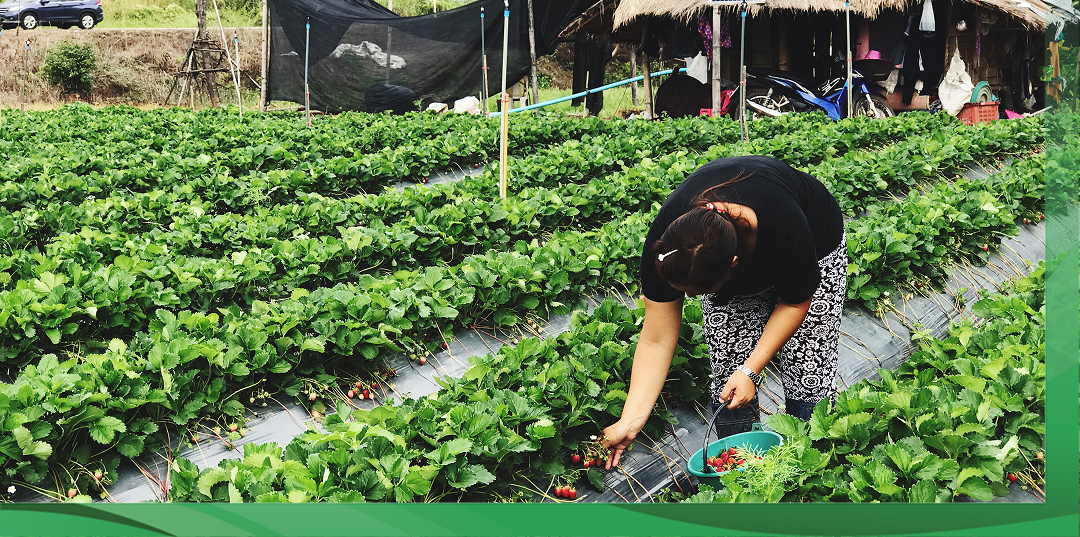Over the past hundred years, the Earth’s surface temperature has experienced an increase. When compared to the mid-20th century, the Earth’s surface temperature has increased by an average of 0.89oC, according to NASA, the United States space agency. This phenomenon of increasing Earth’s surface temperature is known as global warming. Global warming is caused by Greenhouse Gases (GHGs) released into the atmosphere.
Various types of gases, including CO2, CH4, NO2, NO, SO2, and CFC, are considered GHGs. GHGs are produced by various human activities such as burning fossil fuels, cement and metal industries, manufacturing, banking, agriculture, and livestock farming. The Earth’s surface temperature is projected to increase by 1.5oC by 2050 if concrete actions are not taken to reduce GHG emissions. Global warming is one of the biggest challenges for humanity in the coming years. If not addressed seriously, global warming can lead to climate change triggering famine, crop failure, natural disasters, and droughts.
Indonesia is one of the countries actively addressing climate change. Indonesia’s involvement began with the ratification of the United Nations Framework Convention on Climate Change through Law No. 6 of 1994 concerning the Ratification of the United Nations Framework Convention on Climate Change (“Law No. 6/1994”). Subsequently, Indonesia also ratified the Kyoto Protocol through Law No. 17 of 2004 concerning the Ratification of the Kyoto Protocol to the United Nations Framework Convention on Climate Change (“Law No. 17/2004”).
Indonesia’s recent commitment includes joining 195 other countries in the Paris Agreement in 2015, leading to the Nationally Determined Contribution (NDC). NDC is a document containing a country’s climate commitments and actions communicated to the world through the United Nations Framework Convention on Climate Change (UNFCCC). Countries in the Paris Agreement outline their respective efforts to reduce emissions and adapt to the impacts of climate change in their NDCs. One of Indonesia’s commitments is to reduce Greenhouse Gas (GHG) emissions by 29% on its own and up to 41% with international support by 2030.
In line with the realization of these commitments, the government issued Presidential Regulation 98/2021, which regulates the Carbon Economic Value (CEV). This regulation plays a crucial role in Indonesia’s efforts to achieve the 2021 NDC commitments by creating a framework to expedite the control procedures for GHG emissions. Presidential Regulation 98/2021 serves as the basis for implementing CEV and as a guide to reduce GHG emissions through the implementation of various policies and actions aimed at achieving the country’s NDC targets alongside national development.
One form of CEV implementation is through carbon trading mechanisms. Article 48 paragraph (1) of Presidential Regulation 98/2021 states that carbon trading can be conducted domestically and/or internationally. Domestic and international carbon trading is carried out through two mechanisms:
- Through emission trading
- Through GHG emission offset
One of the issues regulated in Presidential Regulation 98/2021 is carbon trading. According to Article 1 number 17 of Presidential Regulation 98/2021, Carbon Trading is a market-based mechanism to reduce GHG emissions through the buying and selling of carbon units. The traded objects in these transactions are carbon credit certificates containing evidence of efforts to reduce emissions through specific projects, stated in 1 (one) ton of carbon dioxide (CO2) recorded in the National Registry System for Climate Change Control (NRS CCC) in the form of registration numbers and/or codes and have undergone the Measurement, Reporting, and Verification processes.
Currently, the Indonesian government has established the National Registry System for Climate Change Control (Sistem Registri Nasional Pengendalian Perubahan Iklim: SRN PPI) under the auspices of the Ministry of Environment and Forestry (Kementerian Lingkungan Hidup dan Kehutanan: KLHK), providing a web-based system for managing data and information on climate change mitigation actions, adaptation to climate change, and carbon economic value in Indonesia.
To calculate CO2 emissions over one year for a 100 MW Coal-powered Power Plant (PLTU), the following formula is used:

Indonesia’s coal is mostly sub-bituminous and bituminous, with calorific density ranging from low to medium. The carbon composition in sub-bituminous and bituminous coal ranges from 48-50% and 62-68%, respectively. To calculate the mass of coal burned in one year, data of PLTU thermal efficiency and the Net Calorific Value (NCV) of the coal used are required.

Indonesia has been recognized as a “super power” country in climate change control. This was stated by Alok Sharma, the President of the 26th United Nations Climate Change Conference (COP26) in Glasgow, the United Kingdom, at the end of 2021. This recognition serves as Indonesia’s inspiration to continue enhancing climate actions to ensure that global temperatures do not rise more than 2 degrees Celsius.













